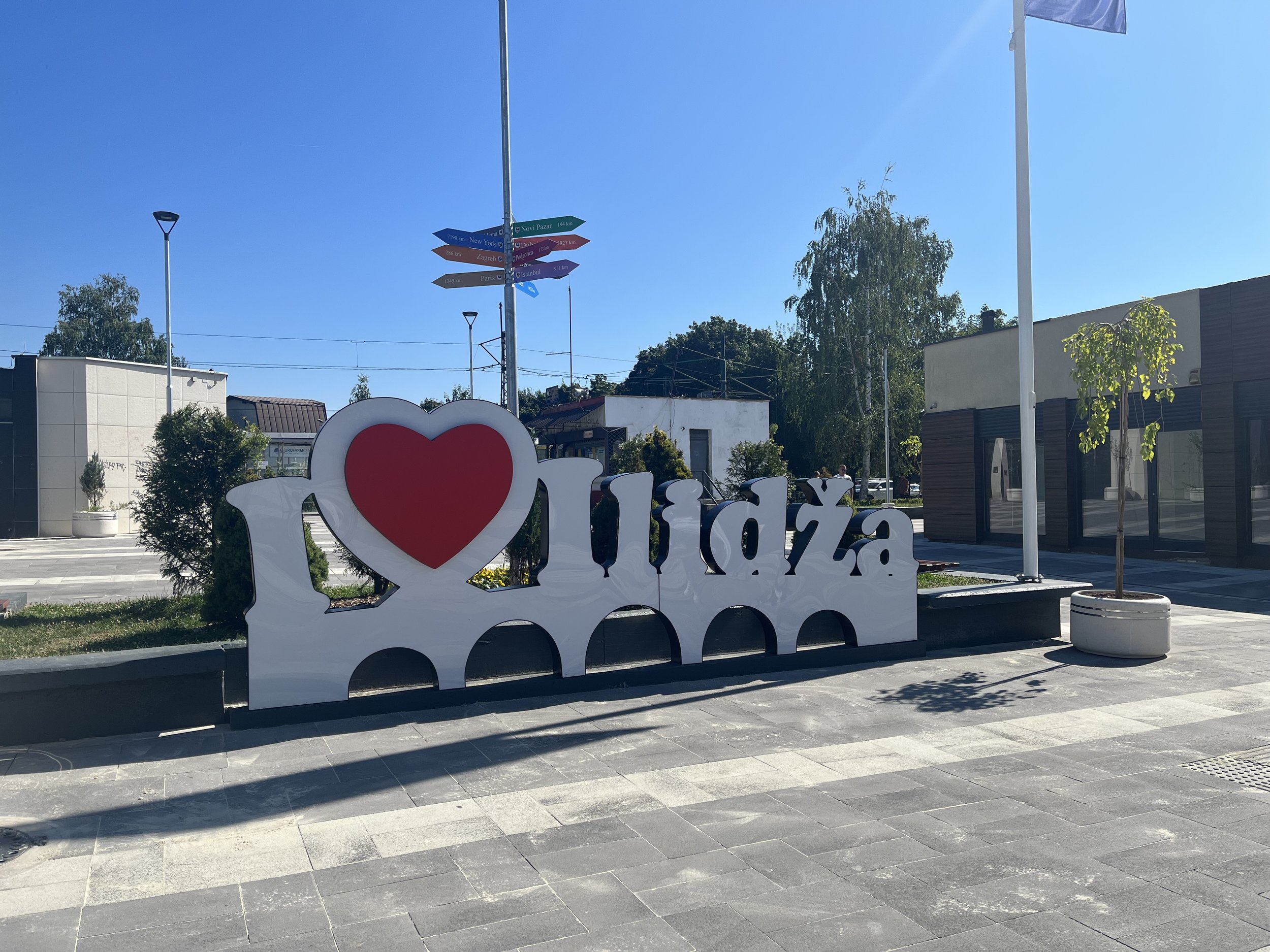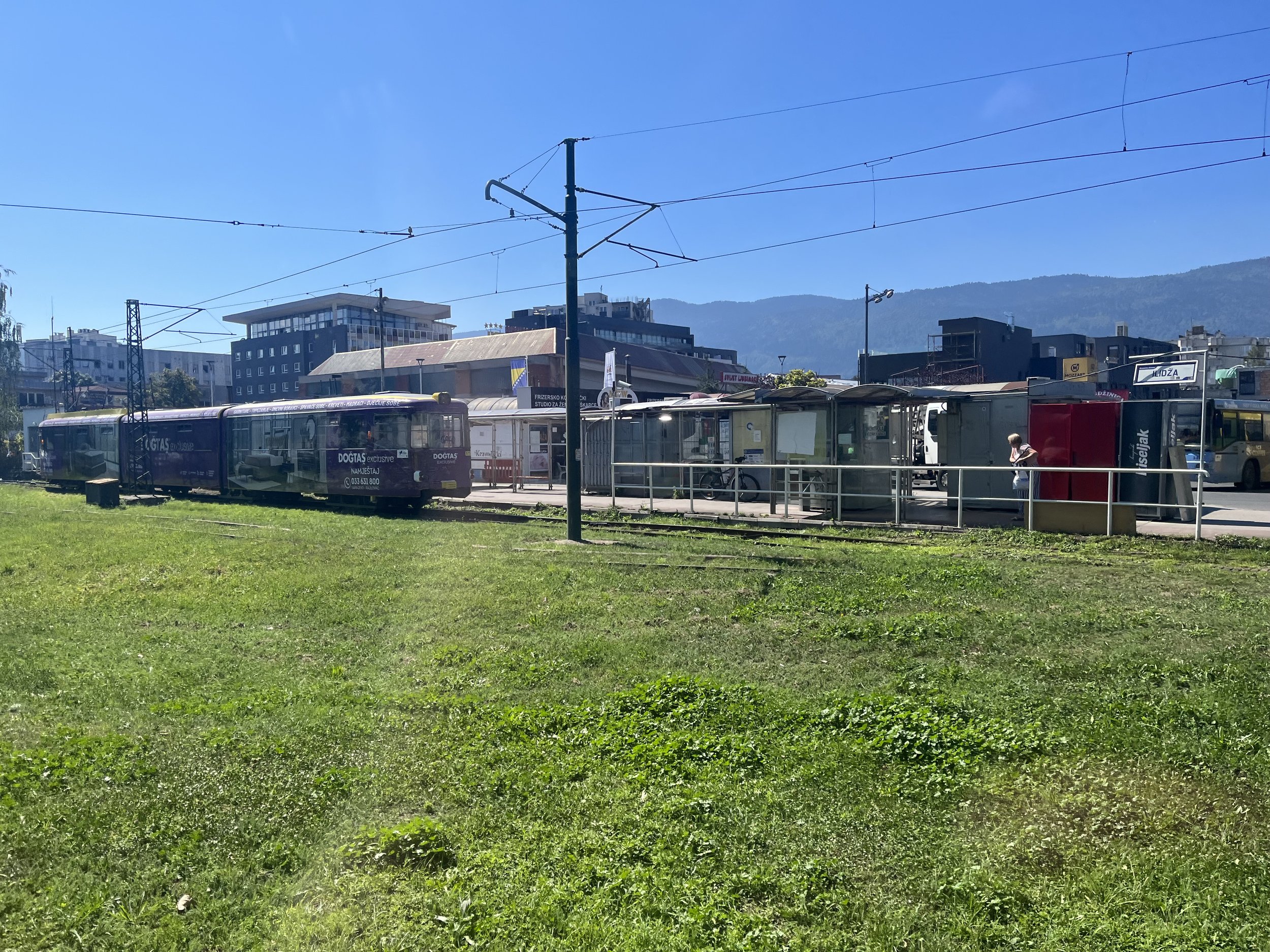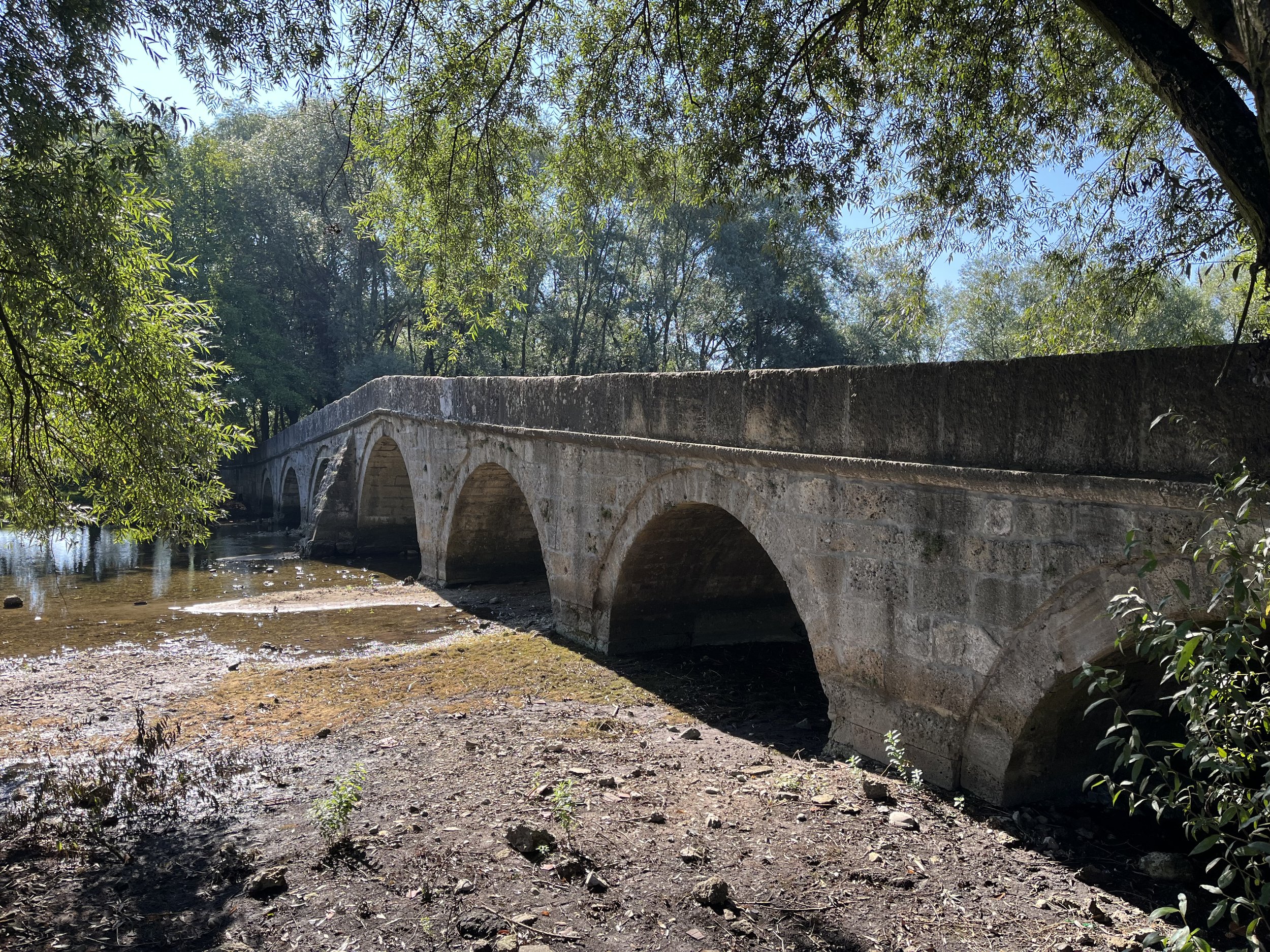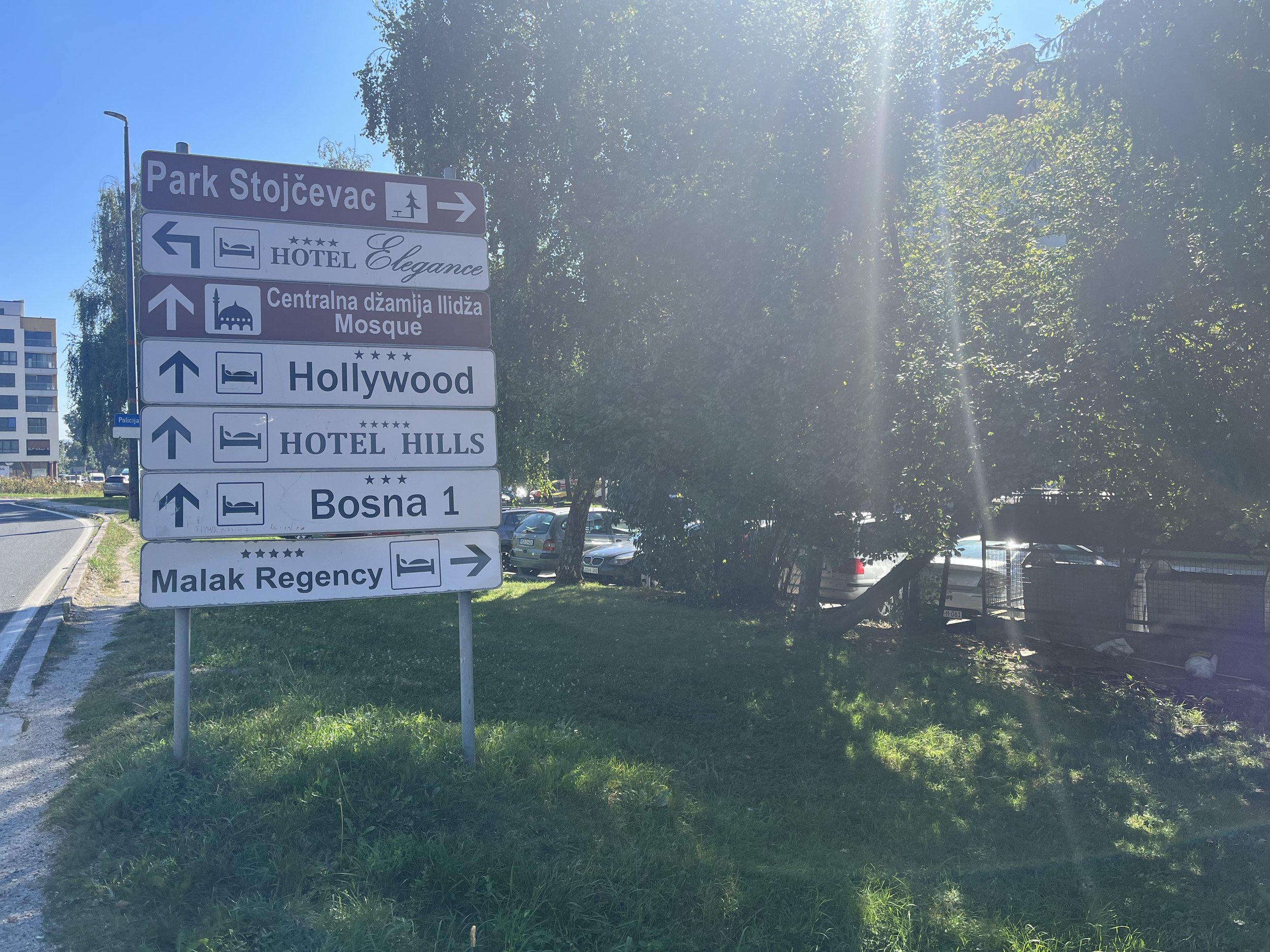ILIDŽA
© John Bills
Ilidža, you are something else, that is for sure. Many make the mistake of lumping it in with Sarajevo, but this isn’t a neighbourhood, oh no. Ilidža is its own beast, the fifth-most populous city in Bosnia and Herzegovina if we are talking about the settlement itself, coming in tenth if we consider the entire municipality. Does all of this make it the Zemun of Bosnia and Herzegovina? A lazy comparison, but I am a lazy man, so let’s run with it. Ilidža has been a busy place for centuries, thanks mainly to its waters. The Bosna river begins its journey here, and important personalities flocked to the area to establish schools, churches, hospitals and more. The Ottomans did most of the heavy lifting (the city’s name comes from the Turkish word for ‘warm thermal springs’), with Austria-Hungary adding gorgeous architecture during the empire’s brief tenure in charge. Today, Ilidža is arguably where Bosnia’s modern Arab influence is most keenly felt, so expect to see Arabic script as often as the English language. Not that you’ll see any of this on that gorgeous walk down Velika Aleja…
TRANSPORT
© John Bills
Getting to Ilidža from Sarajevo is very easy. To go by tram, jump on a tram. Not sure which one? That’ll be the one that says ILIDŽA on the front. Alternatively, get a city bus. Yes, the one that says ILIDŽA. Tram and bus tickets cost 1.80km (one way) and are purchased from kiosks or the driver. Be sure to validate your ticket when you enter; otherwise, you have no right to complain about the system. The transport terminus is in the centre, with everything a short walk away. Technically speaking, Sarajevo International Airport (Kurta Schorka 36, +387 33 289 100) sits within Ilidža’s municipal boundaries.
WHAT TO SEE AND DO
© Naeblys // Shutterstock.com
Tunnel of Hope
For 1,425 days, Sarajevo withstood the longest siege in modern European history. That the city survived is a miracle, to say the least. It survived thanks to the bravery of its people, with a little bit of ingenuity on the side, best encapsulated by the poignantly-monikered Tunnel of Hope. Constructed bit by bit under total secrecy between March and June 1993, the tunnel stretched 960 metres from Butmir to Dobrinja, connecting two areas under Bosnian control. I don’t want to say too much, because you should visit and understand this. As with many things in Ilidža, your best bet is to get the tram and then jump in a taxi, although modern technology (smartphones, John, they are called smartphones) also makes walking an option. The Tunnel Museum (located in a nondescript Ilidža house) is a half-hour walk from the final Ilidža tram stop. Tuneli 1, +387 33 684 032
© John Bills
Vrelo Bosne
If you are looking for the birthplace of Bosnia and Herzegovina, this is where you’ll find it. Not in a legal sense, obviously, but the heart and soul of this magical country is located at the source of the river that gives it its name. Vrelo Bosne is one of the most spellbinding parks in the country, a gorgeous conveyor belt of beauty that stretches around the water and serves up a heartwarming plate of tranquillity and serenity. The park is home to some stunning old hotels erected during the Austro-Hungarian years. The easiest way to visit is to jump in a taxi, although you are better off getting the Ilidža tram to the final stop and walking the length of Velika Aleja. Either way, there is no more marvellous spot in this part of the world.
© John Bills
Velika Aleja
Velika Aleja means ‘Big Alley’, so yeah, this is a long walk, but 3km in a straight line surrounded by plane trees isn’t so bad. Quite the opposite; this is a stunning saunter through late 19th and early 20th century Bosnia. Most of the trees were planted before 1892, but you won’t spend too much time considering the age while wandering this lovely walkway. Serenity will get in the way, trust me. Velika Aleja
© John Bills
Roman Bridge
It does exactly what it says on the tin. There is no tin here, but if your expectation of an attraction called Roman Bridge is to find a Roman bridge, you are in luck. The current version isn’t Roman, for the record, as the bridge was built sometime in the 16th century, but Roman stones from the original were used in its construction, which is more than enough for me. No matter the accuracy of its name or the materials used in its construction, it is bloody beautiful. The bridge is a short walk from the centre of Ilidža and remains blissfully secluded from modern life, meaning tranquillity is assured.
© John Bills
Old Railway Station
I’m not entirely sure why I always recommend old railway stations, but here we are. Something about these dilapidated old structures really gets the cogs turning. Once upon a time (the station was opened in 1892), it was an exciting monument to progress and change in Bosnia and Herzegovina. By 1966, it was a residential building. By 1996, it was done. The building is practically obliterated today, but ghosts don’t need ceilings, windows or doors. Emira Bogunića Čarija 11
© John Bills
Central Mosque
Opened in 2016, the Central Mosque in Ilidža is divisive in design but striking all the same. It seems to be covered with a massive copper dome, a style extended to the minaret, while the innovative design of its walls allows light to flood in during the day. The Central Mosque is easily the largest in Ilidža and one of the biggest in this part of the country, with a pleasant riverside location and a small cafe (sort of) next door. 12. Mart
Eye of Ilidža
I’ve never actually been here, but it looks fantastic, so it gets a spot in the Ilidža squad. The so-called Eye of Ilidža Lake is not far from Velika Aleja and is getting attention for its curious aesthetic, created by algae on the bottom of the artificial body of water. Sure, it looks as though you need to be a bird to truly appreciate it, but it looks rather delightful to me.
BREWS, BOOZE AND BITES
Kilim © John Bills
Ilidža has a fantastic array of cafes, bars and restaurants, with some of the riverside options among the best in the country. Brajlović (Samira Ćatovića Kobre 6, +387 33 626 226) is always up there on the food front, although it isn’t cheap, while nearby Kilim (Hrasnička Cesta 3, +387 61 050 808) and Turkuaz (Hrasnička Cesta 1, +387 33 628 280) offer traditional dishes and riverside views. If you expect river views from The River (Hrasnička Cesta 6, +387 61 695 959), you are a little mistaken, but it makes up for it with excellent coffee, a tranquil setting and friendly staff. The influx of Arabic influence in Ilidža makes it a little lacking on the alcohol front, but there are several good options on Mala Aleja. The Yugostalgia of YU Caffe (Mala Aleja 28, +387 61 700 820) puts it at the top of the list, with The British Pub (Emira Bogunića Čarlija 53, +387 61 866 976) offering good beer and conversation.
SLEEPING
© John Bills
Hotels are everywhere. They say you are never more than 10 metres from a hotel in Ilidža, and it certainly feels that way. The Hotel Ilidža Group has excellent options like SPA Hotel Terme (Hrasnička Cesta 14, +387 33 772 000) and Oaza Resort (IV Viteške Brigade 4, +387 33 726 00), while Hotel Orange (Mala Aleja 73, +387 61 356 006) is right in the town centre. I went to a wedding at Hotel Hollywood (Dr. Mustafe Pintola 23, +387 33 773 100) once and got preposterously drunk; we’re talking pointing and staring drunk, fell asleep in my suit drunk, but the staff looked after me. Thanks, Hollywood.









